When it comes to exploring China, the best part isn’t just where you travel to — it’s also how you get there. Sure, flying might be faster. But who cares about getting there quicker, when you can trade it for views of snow-capped mountains, rolling grasslands, glittering lakes, and even herds of yaks or camels right outside your window?
With the June holidays coming up, it’s the perfect excuse to slow down and experience China’s incredible landscapes by train. Whether you’re planning a family getaway, a nature escape, or just a different kind of holiday, here are some of the most scenic train rides in China to add to your list.
Also read: What Apps to Download Before Travelling to China
1. Beijing to Lhasa: Riding the world’s highest railway
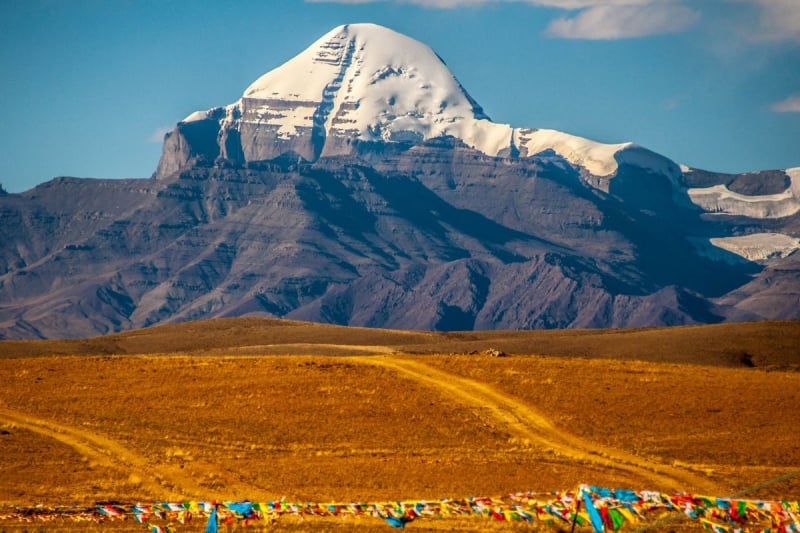
Image Credit: MuYeeTing via Canva Pro
This route takes you from China’s capital all the way into Tibet, crossing some of the most remote and striking landscapes in the country. The train climbs to over 5,000 metres as it crosses the Tibetan Plateau, passing grasslands, shimmering lakes, and snow-dusted mountain ranges along the way. You’ll also pass through the Hoh Xili Nature Reserve, known for its open plains and scattered herds of yaks.
While it’s one of the longest train rides on this list, many travellers say the views more than make up for the time. June is a good season to go, with clearer skies and greener pastures after spring.
-
Duration: around 47 hours
-
Distance: around 4,000 km
-
Highlights: Qinghai Lake, Tanggula Pass, Hoh Xili Nature Reserve
Tripzilla Tip: Book a soft sleeper for more space and comfort, and allow time to acclimatise once you reach Lhasa.
2. Urumqi to Kashgar: A journey into the Silk Road
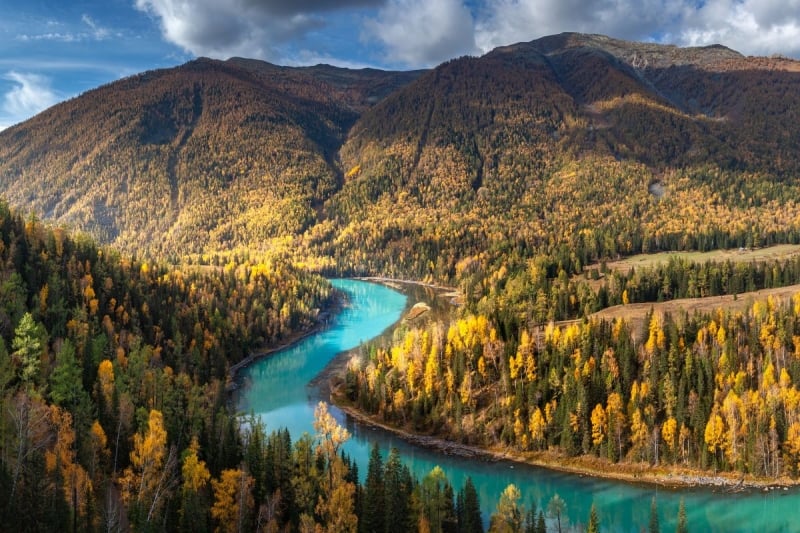
Image Credit: zou tongzhen via Canva Pro
This route brings you deep into China’s western region, following part of the old Silk Road through Xinjiang. Along the way, the landscape shifts from wide desert plains to the snow-capped Tian Shan mountains and the striking red cliffs of the Flaming Mountains near Turpan. As you get closer to Kashgar, the scenery starts to feel almost Central Asian, with minarets, bazaars, and Uyghur towns scattered across the desert.
The train itself is slower compared to China’s high-speed routes, but the changing landscapes make this a journey worth taking, especially if you want to see a part of China that feels very different from the east. If you can, time your trip to catch the Sunday Market in Kashgar for a glimpse into the region’s food and crafts.
-
Duration: around 25 to 32 hours
-
Distance: around 1,600 km
-
Highlights: Tian Shan mountains, Flaming Mountains, Silk Road towns
Tripzilla Tip: Bring snacks and entertainment for the long ride and plan for a slower pace of travel here.
Also read: 8 Most Beautiful Beginner-Friendly Hikes in China You Can Actually Do
3. Nanning to Guilin: Karst mountains and river valleys
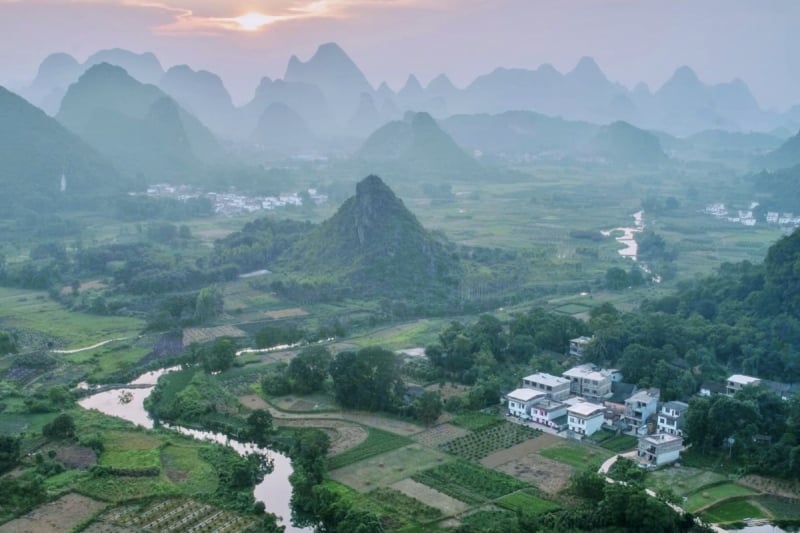
Image Credit: William Zhang | Unsplash
This is one of China’s most relaxing and scenic short train rides, perfect if you’re looking for something easy to slot into a longer trip. The train winds through Guangxi’s famous karst landscape, with limestone peaks, lush rice paddies, and winding rivers that have inspired Chinese paintings for centuries. Even locals call Guilin’s scenery “the best under heaven.”
It’s a great option for families or first-time visitors who want a taste of China’s natural beauty without committing to long hours on board. June is a good time to go, as the rains ease off and the landscape is especially green.
-
Duration: around 5 to 8 hours
-
Distance: around 440 km
-
Highlights: Karst mountains, Li River views, lush countryside
TripZilla Tip: Choose a daytime train to enjoy the scenery — some overnight trains may skip the views entirely.
Also read: 10 Destinations in China with Direct Flights from Singapore
4. Xining to Lhasa: Into the Tibetan Plateau
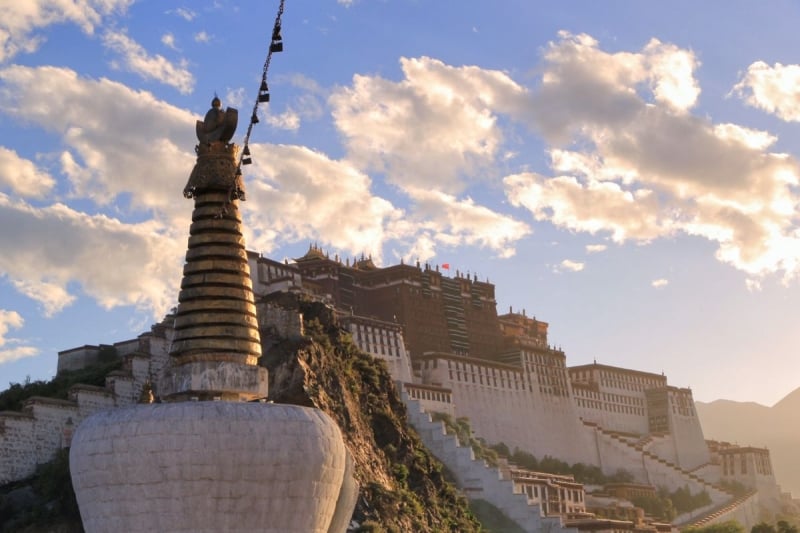
Image Credit: knight weixin | Unsplash
This section of the Qinghai-Tibet Railway offers some of the most dramatic high-altitude views in the world. Starting from Xining, the train climbs steadily across grasslands, past Qinghai Lake, and up into the snow-capped mountains of the Tibetan Plateau. You’ll cross mountain passes over 5,000 metres high, with nothing but wide open plains and distant peaks stretching out for miles.
Compared to the full Beijing-Lhasa route, starting from Xining shortens the trip but still gives you all the best scenery, making it a popular option for travellers who want the views without the extra hours.
-
Duration: around 22 hours
-
Distance: around 2,000 km
-
Highlights: Qinghai Lake, Tanggula Pass, plateau grasslands
TripZilla Tip: Book your tickets early — this route is popular in summer, and seats sell out fast during peak season.
5. Dali to Lijiang: A short ride with big views
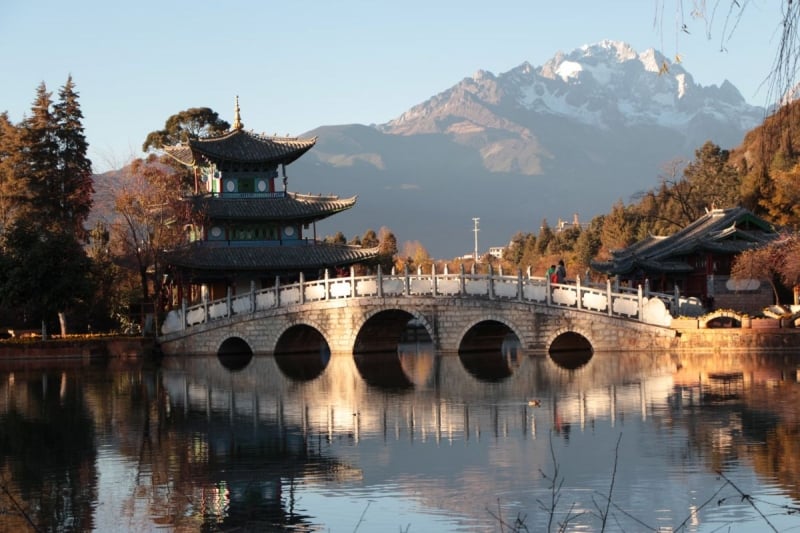
Image Credit: SO U | Unsplash
If you’re visiting Yunnan province, this is an easy add-on that rewards you with some beautiful scenery in a short time. The train skirts around Erhai Lake, with views of the Jade Dragon Snow Mountain often visible in the distance. The ride itself is smooth and modern, and both Dali and Lijiang are popular spots for food, culture, and gentle sightseeing.
Since the ride is only a few hours, it’s a good option if you’re travelling with kids or prefer a more relaxed pace.
-
Duration: around 2 hours
-
Distance: around 160 km
-
Highlights: Erhai Lake, Jade Dragon Snow Mountain, old towns
TripZilla Tip: Try to sit on the right side of the train (facing forward) for better lake and mountain views.
Also read: 7D6N Yunnan Itinerary: Lijiang, Shangri-La, Lugu Lake & More For a Nature Escapade In China
6. Chengdu to Kunming: Mountains, rivers, and tunnels
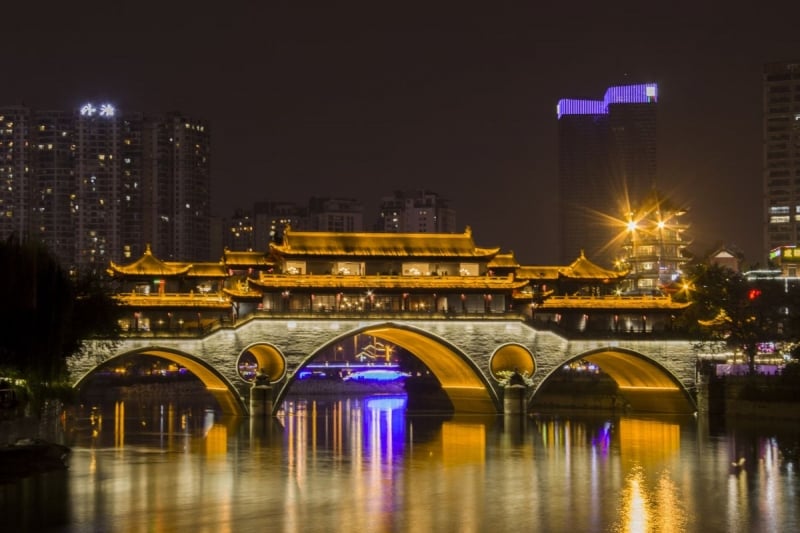
Image Credit: Zain Lee | Unsplash
This route is sometimes called a “geological museum” because of how dramatically the landscape changes along the way. The train travels from Sichuan’s plains up into the mountains of Yunnan, passing deep canyons, rivers, cliffs, and endless tunnels and bridges. It’s also one of the older railways that helped connect southwest China’s remote regions to the rest of the country.
If you’re already visiting Chengdu for its pandas or Kunming for its spring-like weather, this ride offers a memorable way to travel between the two.
-
Duration: around 6 hours (high-speed)
-
Distance: around 1,100 km
-
Highlights: Mountains, canyons, bridges, rivers
TripZilla Tip: Avoid booking late afternoon trains — the earlier departures give you more daylight for better views.
7. Beijing to Hong Kong: From megacities to mountain views

Image Credit: Getty Images | Unsplash
This route covers nearly two-thirds of the country, offering a convenient way to travel between major cities while taking in some of China’s diverse scenery. The train passes everything from city skylines and farmland to mountains and rivers, crossing multiple provinces in a single journey. Some of the highlights include the Yangtze River crossings near Wuxue and the wooded hills in Jiangxi.
It’s also a practical option if you’re planning to visit both Hong Kong and other destinations in mainland China, especially if you prefer to skip the airport and travel by rail instead.
-
Duration: around 9 hours (high-speed G-train)
-
Distance: around 2,400 km
-
Highlights: Yangtze River, wooded hills, cross-country landscapes
TripZilla Tip: Pack light snacks — the onboard meals are decent, but options may feel limited on longer rides.
Also read: 3-Day Hong Kong Itinerary to Explore UNESCO-Honoured Heritage Sites
Final thoughts
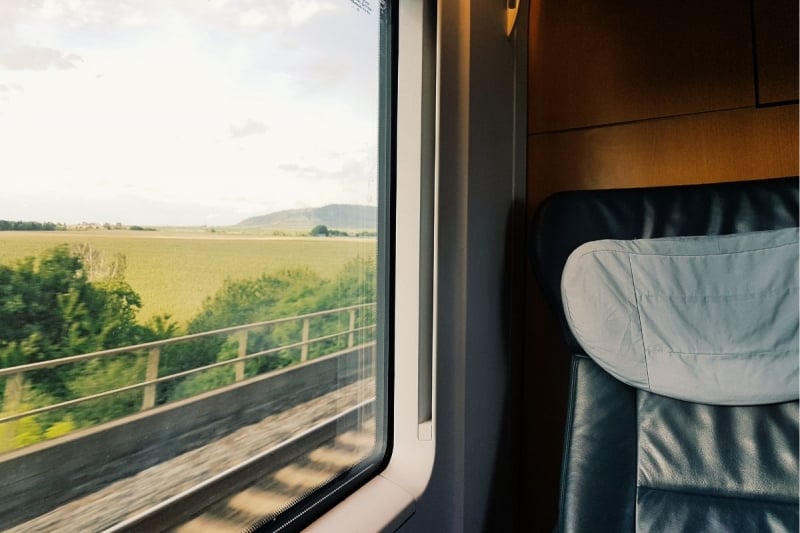
Image Credit: Daniel Frese via Canva Pro
There’s something about train travel that changes how you think about distance. On a plane, it is easy to forget how much space lies between two cities because you skip from one to the next without really feeling the ground that connects them. But on a train, the land unfolds slowly as mountains rise, fields blur past, and rivers cut through valleys. In a country as vast as China, these long stretches of landscape are a reminder that travel is not just about chasing destinations or clearing sights. Sometimes, it is about moving through the space in between.




